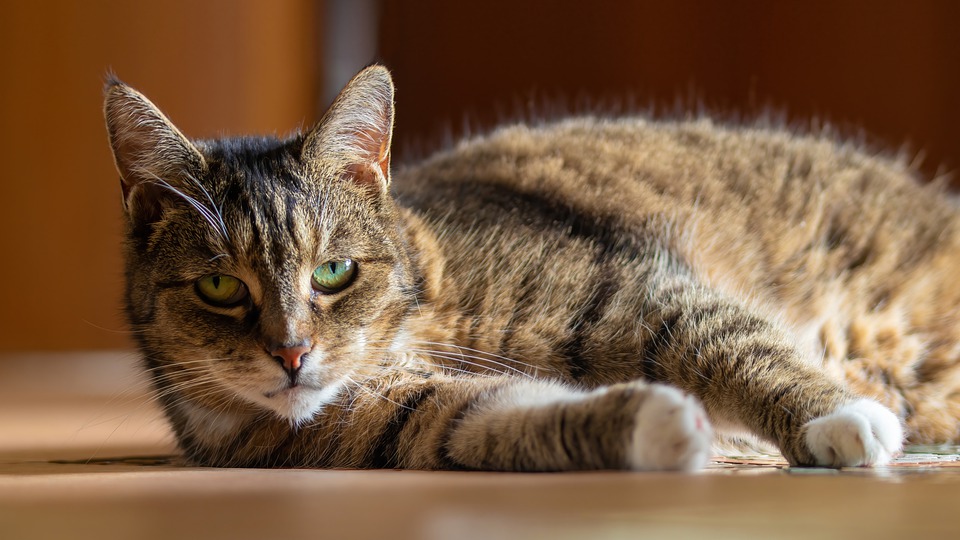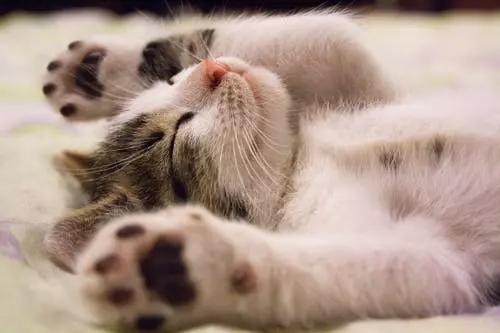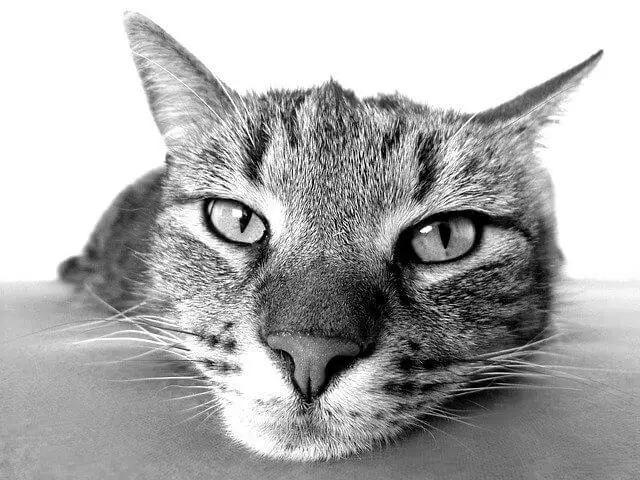Preventing and managing diabetes in cats is crucial for their overall health and well-being. Feline diabetes is becoming increasingly prevalent, and it is important for cat owners to understand the preventive measures and effective management strategies that can help keep their furry friends healthy. This comprehensive guide will provide valuable information on how to prevent and manage diabetes in cats.
Prevention Strategies for Feline Diabetes:
1. Maintaining a Healthy Diet: A balanced diet is essential for cats. Avoiding excessive carbohydrates and high-sugar foods can reduce the risk of developing diabetes. Portion control is also important in preventing obesity, which is a major risk factor for diabetes in cats.
2. Regular Exercise Routine: Encouraging physical activity is crucial for weight management and overall health. Engaging in interactive play sessions and creating a safe and stimulating environment for your cat can help keep them active and prevent obesity.
3. Regular Veterinary Check-ups: Routine examinations are important for early detection of potential risk factors. Collaborating with your veterinarian to assess your cat’s overall health and identify any potential signs of diabetes is essential for early intervention.
Effective Management of Feline Diabetes:
1. Insulin Administration: Insulin plays a vital role in managing diabetes in cats. Understanding the proper techniques for administering insulin injections and maintaining consistency in timing and dosage are crucial for effective management.
2. Dietary Modifications: Tailoring the diet to control blood sugar levels is an important aspect of managing feline diabetes. Choosing a high-protein, low-carbohydrate diet can help regulate blood sugar levels. Consulting a veterinarian for personalized dietary recommendations is highly recommended.
3. Monitoring Glucose Levels: Regular blood glucose monitoring at home is essential for managing feline diabetes. Observing patterns and trends in blood sugar levels can help adjust insulin dosage. Seeking veterinary guidance for interpretation and adjustment of insulin dosage is important for effective management.
4. Weight Management: Achieving and maintaining a healthy weight is crucial for diabetic cats. Balancing calorie intake with physical exercise can help manage blood sugar levels. Considering weight loss programs under veterinary supervision can be beneficial for overweight cats with diabetes.
5. Stress Reduction Techniques: Stress can have a significant impact on blood sugar levels in cats. Creating a calm and stress-free environment for your cat is important. Exploring relaxation techniques such as pheromone therapy or play therapy can help reduce stress levels.
FAQs about Feline Diabetes:
1. What are the common signs of diabetes in cats?
2. Are certain cat breeds more prone to diabetes?
3. Can a cat’s diet alone control diabetes?
4. Is feline diabetes reversible?
5. How frequently should a diabetic cat be monitored by a veterinarian?
6. Can alternative treatments, such as herbal supplements, help manage feline diabetes?
7. Are there any long-term complications associated with feline diabetes?
8. Is it possible for a diabetic cat to lead a normal and healthy life?
In conclusion, preventing and managing diabetes in cats is of utmost importance in ensuring a better quality of life for our feline companions. By following preventive measures, such as maintaining a healthy diet and regular exercise routine, and implementing effective management strategies, such as insulin administration and dietary modifications, cat owners can help their diabetic cats lead a normal and healthy life. Collaborating with veterinarians to develop personalized care plans for diabetic cats is essential in providing the best possible care for our furry friends.








